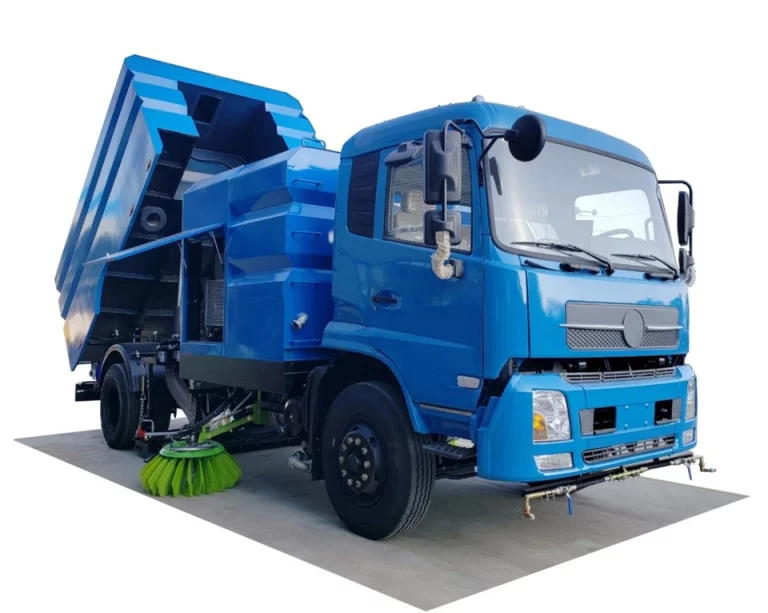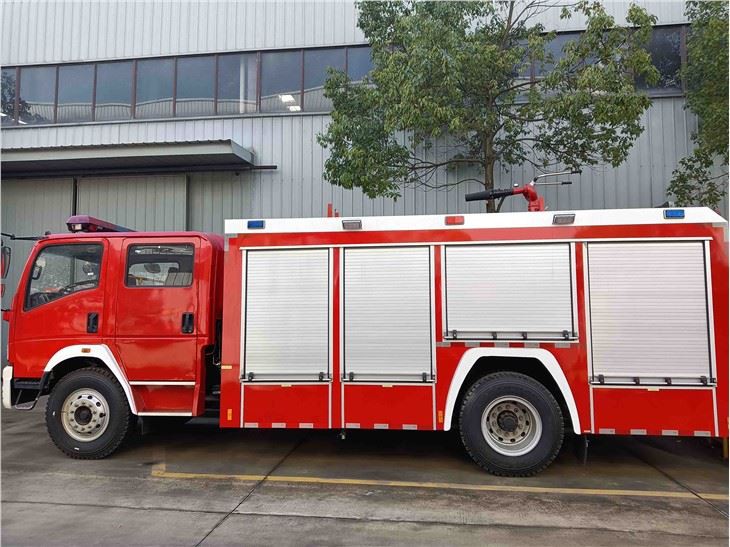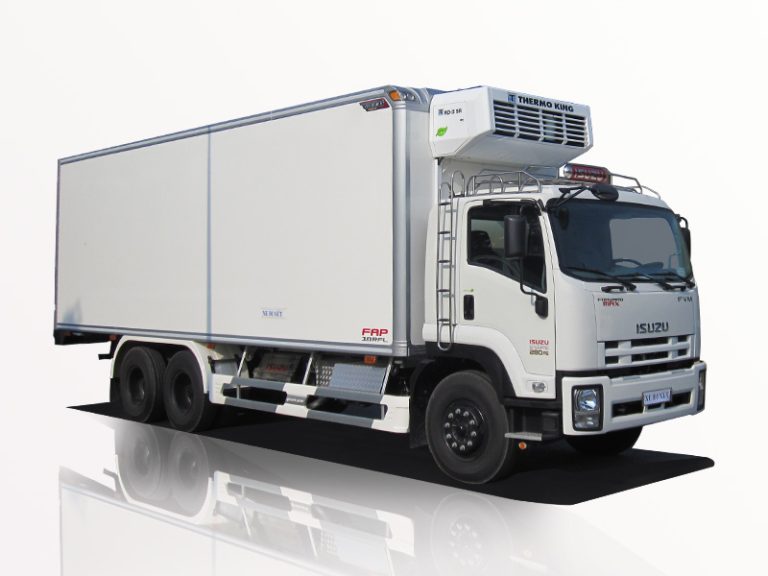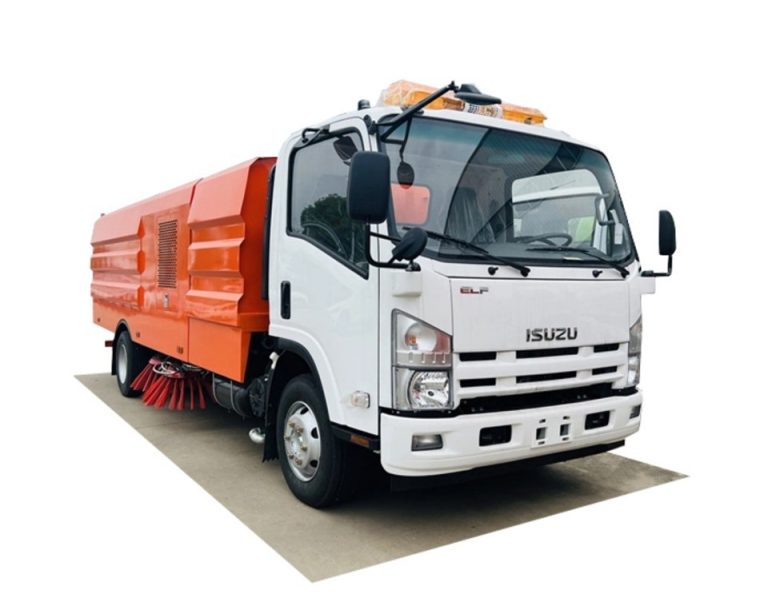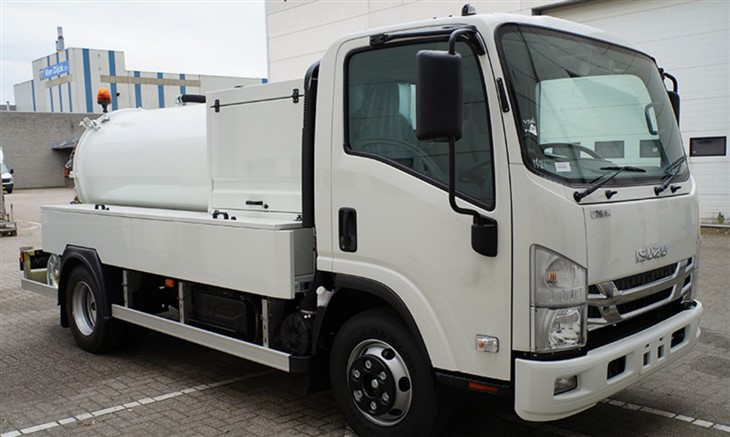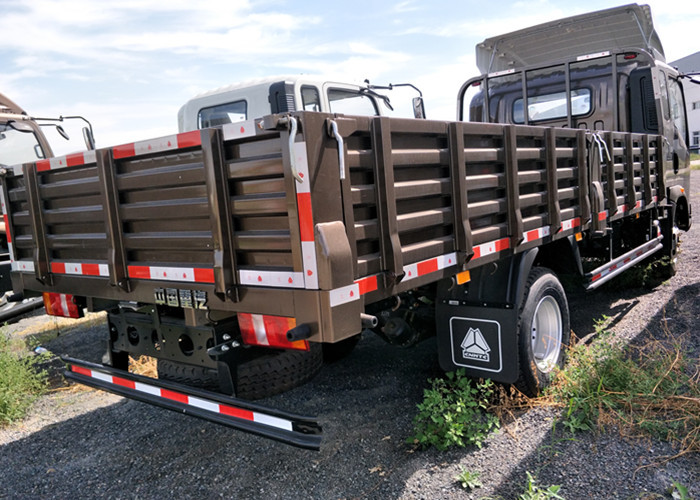Fire engines are essential vehicles that play a vital role in emergency services, helping to save lives and protect property during fires and other emergencies. One of the frequently asked questions regarding fire engines is, “What is the width of a fire engine?” This question is not just a matter of curiosity; knowing the dimensions of fire engines is crucial for various reasons, including city planning, road safety, and ensuring adequate space for these vehicles to operate effectively in emergencies.
Understanding Fire Engine Dimensions
Fire engines come in various types and sizes, depending on their intended use, manufacturer standards, and specific requirements set by different fire departments. While the width of a fire engine may vary, having a general understanding of standard fire engine dimensions can help address the question effectively.
Factors Influencing Fire Engine Width
Several factors influence the width of a fire engine:
- Type of Fire Engine: Different fire engines (e.g., ladder trucks, pumper trucks, rescue vehicles) have varying widths based on their design and intended purpose.
- Manufacturer Specifications: Different manufacturers produce fire engines with unique designs and specifications, leading to variations in width.
- Local Regulations: Some regions have specific standards for emergency vehicles, which can influence the dimensions of fire engines.
Standard Dimensions of Fire Engines
On average, the width of a typical fire engine ranges between 7.5 to 8.5 feet (90 to 102 inches). Below are some standard dimensions based on different types of fire engines:
| Type of Fire Engine | Typical Width (feet) | Typical Length (feet) | Typical Height (feet) |
|---|---|---|---|
| Pumper Truck | 7.5 – 8.5 | 25 – 30 | 9 – 11 |
| Ladder Truck | 8 – 9 | 28 – 40 | 11 – 13 |
| Rescue Vehicle | 6 – 8 | 20 – 25 | 8 – 10 |
| Aerial Platform Truck | 8 – 10 | 28 – 35 | 11 – 15 |
Importance of Fire Engine Width
The width of a fire engine is crucial for several reasons:
1. Road Safety
Understanding fire engine dimensions helps ensure that roads and bridges are designed to accommodate emergency vehicles. Inadequate road space can hinder fire response efforts and create risks in emergency situations.
2. Access to Buildings
Many fire incidents occur in urban areas with close proximity of buildings. Fire engine width must allow them to access narrow streets and alleys, ensuring firefighters can reach the scene swiftly and safely.
3. Fire Station Design
Fire stations must design their bays and facilities to accommodate the size of their fire engines. If a fire engine is too wide for a station bay, it could lead to operational delays during emergencies.
4. Firefighting Efficiency
A fire engine’s width can affect its maneuverability and responsiveness. A more compact design can improve the engine’s ability to navigate tight spaces during rescue operations.
Examples of Fire Engine Width in Various Scenarios
Case Study: Urban Firefighting
In metropolitan areas, fire engines must navigate congested streets. Here, a pumper truck with a width of 8 feet is often used, as it can maneuver through narrow lanes while still carrying essential firefighting equipment.
Case Study: Rural Firefighting
In rural settings, fire engines need to access larger areas. A typical pumper truck with a width of 7.5 feet can traverse varied terrains, providing essential services without hindrance.
Case Study: Multi-Story Buildings
For high-rise structures, aerial ladder trucks are critical. The width of such trucks is usually around 8 to 9 feet. This width ensures they can be positioned alongside buildings to effectively deploy ladders at a height.
Special Fire Engine Types and Their Widths
Wildland Fire Engines
These vehicles are designed specifically for firefighting in rural and forested areas. They tend to be narrower, often around 6 to 7 feet wide, allowing access to trailer-sized paths that narrower designs afford.
Airport Firefighting Vehicles
Airport fire trucks are typically larger and wider than standard fire engines, averaging between 8.5 to 10 feet wide due to the specialized equipment they carry, including foam tanks and rescue ladders designed for aircraft emergencies.
Hazardous Materials Response Vehicles
Fire engines designed for hazardous materials response may vary in width, usually around 8 to 9 feet, as they need to carry specialized equipment safely.
Tips for Fire Departments: Choosing the Right Fire Engine Width
- Assess Community Needs: Evaluate the specific needs of your community, including building types and road conditions.
- Consult with Manufacturers: Work closely with fire engine manufacturers to choose the most suitable model based on application and width specifications.
- Consider Future Growth: When planning new fire stations or purchasing new trucks, consider potential future developments in your community that may affect access.
- Train Firefighters: Ensure that all personnel are trained on the vehicle’s dimensions and how to operate it in tight spaces effectively.
FAQ Section
What is the standard height of a fire engine?
The standard height of a fire engine typically ranges from 9 to 15 feet, depending on the type of vehicle and its equipment.
How do fire engines differ in size?
Fire engines differ based on their design, intended use (e.g., pumper vs. ladder), and the equipment they carry, resulting in variations in width, height, and length.
Can fire engines fit through standard residential streets?
Most fire engines, typically around 8 feet wide, can navigate standard residential streets, although tight alleys may present challenges depending on local regulations and street design.
How does the weight of a fire engine affect its operation?
The weight of a fire engine can impact maneuverability, stopping distance, and fuel efficiency. Heavier engines may require more extensive infrastructure, such as reinforced bridges and roads.
Are fire engine widths regulated?
While there are standard dimensions, local regulations may influence the design of fire engines to suit specific needs and ensure compliance with road safety standards.
What other factors should I consider when assessing fire engine suitability?
In addition to width, consider the engine’s height, length, weight, equipment capacity, engine type, and the specific needs of your service area to ensure optimal performance.

